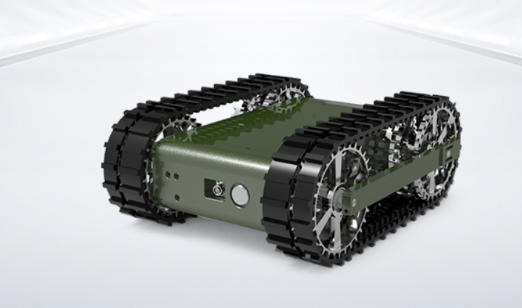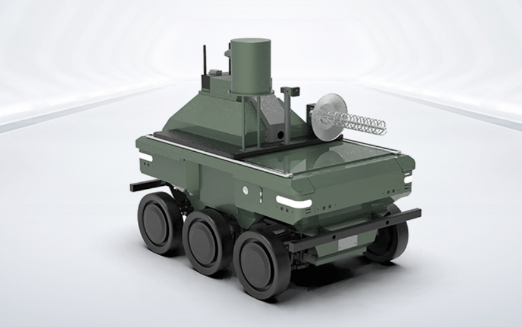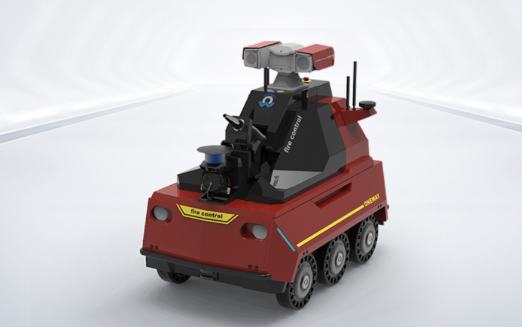
Have you ever wondered how robots are able to navigate through rough terrains with ease? Well, one of the key components that enable them to do so is the tracked robot chassis. In this article, we will delve into the world of tracked robot chassis and explore their functionality and applications.
The Versatility of Tracked Robot Chassis

Tracked robot chassis, also known as tank treads or caterpillar tracks, are a type of locomotion system commonly used in robotics. These specialized tracks consist of a series of interlocking plates or belts that provide stability and traction on various surfaces such as sand, gravel, or even snow.
Unlike wheeled robots that may struggle with uneven terrain or obstacles, tracked robot chassis excel in traversing challenging environments. The continuous track design allows for better weight distribution over a larger surface area, minimizing ground pressure and preventing sinking into soft grounds.
Oneway: Enhancing Maneuverability
A notable advancement in tracked robot chassis technology is the introduction of Oneway systems. This innovative feature enables independent control over each track’s speed and direction. By adjusting the speed differential between both tracks, robots can execute precise turns without skidding or losing balance.
Oneway systems have revolutionized the maneuverability of tracked robots by allowing them to navigate tight spaces effortlessly. Whether it’s exploring narrow corridors or performing intricate tasks in cluttered environments, these advancements ensure smooth operation while maintaining stability.
The Role in Automated Guided Vehicle Manufacturers
In recent years, automated guided vehicle (AGV) manufacturers have recognized the advantages offered by tracked robot chassis. AGVs equipped with this type of locomotion system can efficiently transport heavy loads in industrial settings, such as warehouses or manufacturing plants.
The ability of tracked robot chassis to handle uneven surfaces and steep inclines makes them ideal for AGVs operating in demanding environments. Additionally, their stability and traction allow for precise positioning when loading or unloading goods, ensuring efficient workflow and reducing the risk of accidents.
Conclusion
In conclusion, tracked robot chassis play a crucial role in enabling robots to navigate challenging terrains with ease. Their versatility, enhanced maneuverability through Oneway systems, and suitability for automated guided vehicle manufacturers make them an invaluable component in various industries. As technology continues to advance, we can expect further improvements in tracked robot chassis design and functionality.


